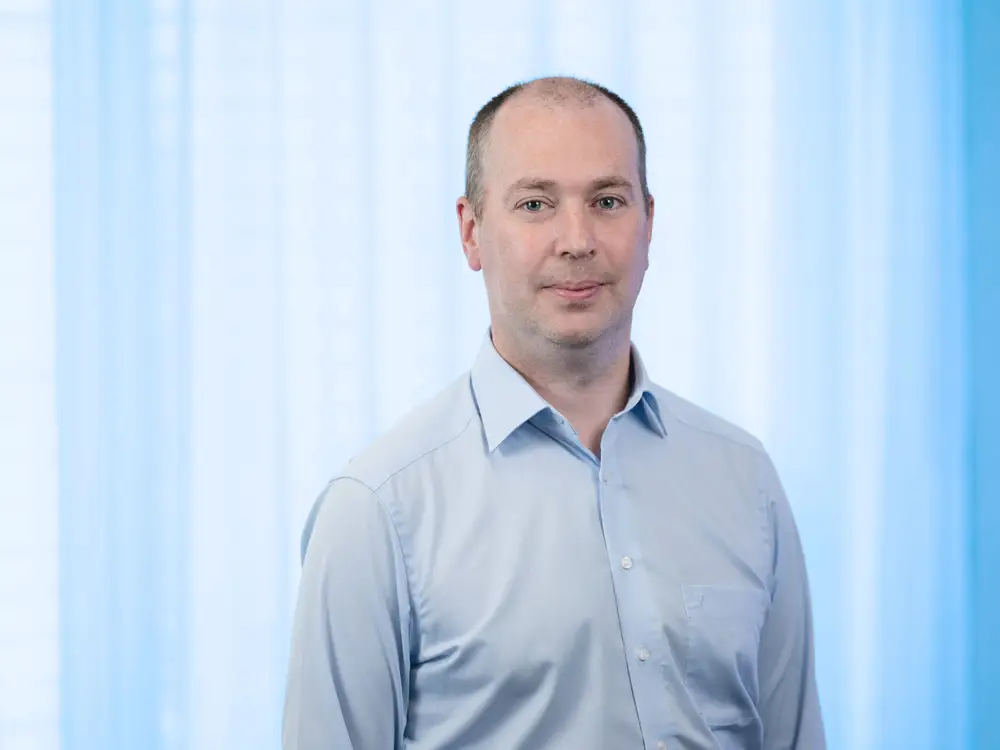Inside Man Group’s rebuild of a key platform that will change the way the giant hedge fund analyzes data and manages risk

Man Group’s Barry Fitzgerald
The world’s largest publicly listed hedge fund is in a multiyear rebuild of a key piece of technology that will be at the heart of its systematic investing efforts.
The new platform, called Condor, was initially designed to replace a cobbled-together patchwork of different systems — some built more than a decade ago — underpinning Man AHL, the firm’s systematic-trading arm. But Barry Fitzgerald, the lead technologist on the project, has bigger plans: more asset classes, more investing styles, and more data.
“The worst thing you could do with this is build something that fulfills our need for exactly today,” Fitzgerald, cohead of front-office engineering, told B-17.
“We don’t know how we will trade in two years’ time, but I would hope this platform runs for 10 years or longer,” he said. “It is a big multiyear project, so it should get the payback.”
Man anticipates spending tens of millions of dollars overall on building Condor. The project will involve almost everyone at Man AHL as well as significant numbers of people from central teams, according to a spokeswoman for the firm.
Fifteen years ago, Man AHL was mostly known for its systematic futures trading. Since then, the firm has expanded to other asset classes, like equities, corporate bonds, and options, all with varying holding periods and investing styles. Over time, Man built different systems to trade them all.
With Condor, Fitzgerald wants to bring those together — the research, the trading, and the logging — into a single platform. It will cover hundreds of futures markets, tens of thousands of equities, and millions of corporate bonds.
Doing so should allow the firm to manage its risk exposure across assets and to think about allocations across the whole portfolio, Fitzgerald said. It could also open the door to more analytics, like ESG to see how “green” a given portfolio is, take on much larger quantities of data, and test out new theories more quickly. For instance, calculations for big multiasset research graphs now take 30 minutes instead of 12 hours as before, he added.
With his eye to the future, Fitzgerald says he’s building Condor so that Man can more quickly react and expand to emerging assets and tap more advanced kinds of computers, like graphics processing units. Fitzgerald’s team is working closely with Man’s machine learning team to embed generative AI capabilities with a ChatGPT-style interface.
Work on Condor began about 18 months ago, and Fitzgerald expects it’ll be another two or three years until it’s fully integrated. Over time, Fitzgerald said, Condor will hopefully expand to encompass all of Man’s asset classes and trading styles.
Unlocking those gains, however, will involve a human element, Fitzgerald said.
“There’s the training of how do researchers get the best out of the new platform, what can the new platform offer them that the old one didn’t?” he said. “Can it be faster? Can it allow them to construct portfolios in different ways? All of that brings a little bit of a different way of working too.”
For the most part, the platform will be used by quantitative researchers, or the math whizzes who study statistics and machine learning and apply those modeling techniques to complex data sets to systematically make investments. But software engineers adding functionalities, risk teams managing exposure, and support teams ensuring trading systems are running will also be using Condor.
“It can’t just be a good system to do research to run,” Fitzgerald said. “It has to be operationally a good system as well so when the trading is running every day, everyone’s clear of what it’s doing, why it’s doing it.”






